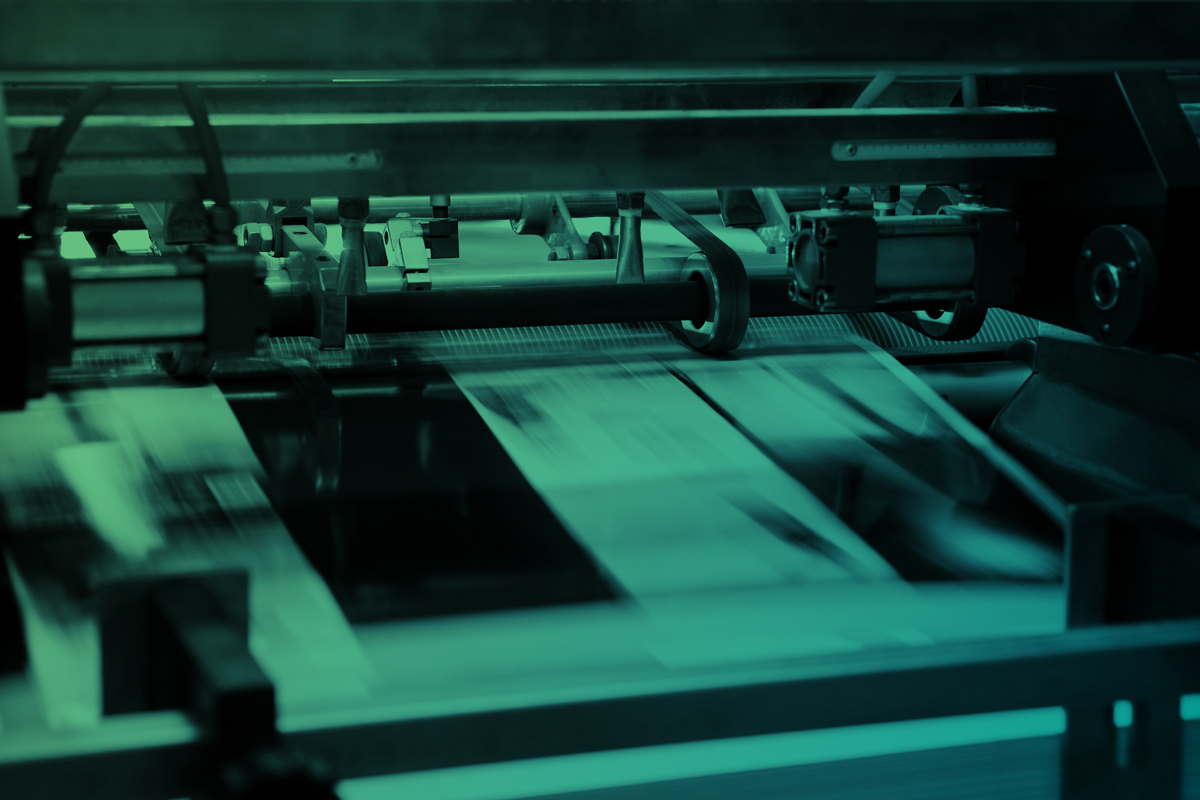In today’s world, where environmental concerns are at the forefront, understanding how to reduce printing waste is essential for businesses aiming to operate sustainably. This article explores the strategies and practices that can help businesses minimize waste and move towards more sustainable printing practices.
By implementing eco-friendly printing solutions, companies can not only reduce their environmental footprint but also save costs in the long run. This guide will provide a comprehensive overview of the ways businesses can achieve this goal.

Understanding Printing Waste
Printing waste refers to the unnecessary use of resources like paper, ink, and energy during printing processes. This waste often results from inefficient practices, outdated technologies, and lack of awareness among employees. It’s crucial for companies to address these issues to foster a more sustainable environment.
Common Sources of Printing Waste
Several factors contribute to printing waste, including:
- Overproduction of printed materials
- Frequent reprints due to errors
- Excessive use of color ink
- Inefficient paper usage
Strategies to Reduce Printing Waste
Implementing Digital Solutions
Transitioning to digital solutions is one of the most effective ways to reduce printing waste. Encouraging employees to use digital documents instead of printed ones can significantly cut down on paper usage. Tools like cloud storage, PDFs, and e-signature software are instrumental in this transition.
Choosing Eco-Friendly Printing Options
When printing is necessary, opting for eco-conscious printing options is beneficial. This includes using recycled paper, soy-based inks, and energy-efficient printers. Such choices not only reduce waste but also promote sustainability.
Setting Print Quotas and Monitoring Usage
Implementing print quotas can help control the volume of printing within an organization. By setting limits on the number of pages employees can print, businesses can encourage mindful printing practices. Monitoring usage through print management software can further help in identifying areas of waste.
Promoting a Culture of Sustainability
Educating Employees
Raising awareness among employees about the importance of reducing printing waste is crucial. Regular training sessions and workshops can help inculcate a culture of sustainability within the workplace.
Encouraging Double-Sided Printing
One simple yet effective way to reduce paper usage is by encouraging double-sided printing. This practice can halve paper consumption and is easy to implement with modern printers that offer automatic duplex printing.
Benefits of Reducing Printing Waste
Environmental Impact
Reducing printing waste significantly lowers the demand for raw materials like trees, water, and energy. This contributes to the preservation of natural resources and reduction of carbon emissions.
Cost Savings
By minimizing waste, businesses can reduce the costs associated with purchasing paper, ink, and printer maintenance. This leads to significant financial savings over time.
Enhanced Brand Image
Adopting sustainable practices enhances a company’s brand image. Consumers and stakeholders are increasingly favoring businesses that demonstrate environmental responsibility.
Technological Innovations in Printing
Advancements in Printer Technology
Modern printers come equipped with features that help reduce waste. These include energy-saving modes, efficient ink usage, and compatibility with recycled paper. Businesses should invest in such technologies to enhance their sustainable practices.
Software Solutions for Print Management
Utilizing software solutions for print management can provide businesses with insights into their printing habits. These tools offer analytics and reports that help identify patterns and areas for improvement in reducing waste.
Case Studies: Successful Waste Reduction
Company A: Transition to Digital
Company A successfully reduced its printing waste by 40% by transitioning to digital solutions. By implementing e-signature software and cloud storage, they minimized paper consumption and improved document accessibility.
Company B: Eco-Friendly Printing Practices
Company B adopted zero-waste printing practices by using recycled materials and energy-efficient devices. This not only reduced their ecological footprint but also resulted in substantial cost savings.
Challenges in Reducing Printing Waste
Overcoming Resistance to Change
One of the major challenges businesses face is resistance to change. Employees may be accustomed to traditional printing methods and hesitant to adopt new technologies. Addressing these concerns through effective communication and training is essential.
Technical Limitations
Some businesses may face technical limitations that hinder the implementation of sustainable printing practices. Upgrading equipment and investing in new technologies may be necessary but can be costly initially.
Future of Sustainable Printing
Emerging Trends
The future of printing is geared towards sustainability. With advancements in technology, we can expect more innovative solutions that further reduce waste and enhance efficiency.
Role of Policy and Regulation
Government policies and regulations are increasingly supporting sustainable practices. Incentives and guidelines encourage businesses to adopt eco-friendly solutions and reduce printing waste.
Conclusion
Reducing printing waste is not just an environmental imperative but also a strategic business decision. By adopting sustainable practices and leveraging technology, businesses can achieve substantial benefits for both the environment and their bottom line.

Frequently Asked Questions
What are the most effective ways to reduce printing waste?
Implementing digital solutions, choosing eco-friendly printing options, and setting print quotas are some of the most effective strategies.
How can businesses encourage employees to reduce printing waste?
Educating employees, promoting double-sided printing, and raising awareness about the benefits of reducing printing waste can encourage sustainable practices.
What are the benefits of reducing printing waste?
Benefits include environmental impact, cost savings, and enhanced brand image.
This article contains affiliate links. We may earn a commission at no extra cost to you.







